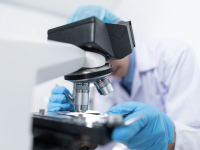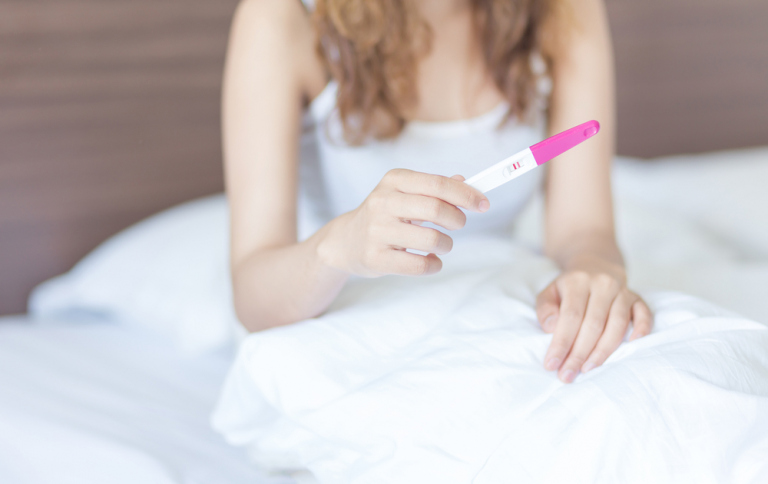If you’ve decided the time is right to start a family, you’re going to want to start your journey towards parenthood as soon as possible. There are so many challenges to face, so many exciting milestones ahead of you, and decisions to make that the wait for a positive result on your pregnancy test can feel intolerable.
Today we’re taking a look at natural, non-intrusive ways you can get on the fast track to conception, and move on to the bigger decisions of pregnancy.
Targeting Your Most Fertile Days
The most important thing you can do is make sure you’re targeting the days in your menstrual cycle when you’re most likely to be able to conceive. While male bodies can create sperm on demand, the female reproductive system is only fertile for a few days in each cycle, as a fertile egg takes time and resources to prepare and mature.
If you’re trying to conceive at a time when sperm aren’t going to reach that egg, then you won’t conceive. If you’re not taking steps to identify the timescale within which sperm could encounter that egg – your fertile days, or fertile window – and consciously targeting them with attempts to conceive, then you’re cutting down your chances of success considerably.
The best way to identify your fertile window, and predict when your next one is, is by tracking ovulation. After you ovulate, the egg is fertile for a maximum of 24 hours, when your body is in the peak of reproductive health. Sperm, on the other hand, can survive around five days in a female reproductive system after ejaculation.
This means you have five days, working back from the ovulation date, when sperm could survive to encounter the egg, and a day afterwards. This is the fertile window you need to predict and take advantage of.
How to Track Ovulation
One of the best ways to track ovulation is by measuring your basal body temperature. This is the low temperature your body drops to during a long period of rest – like a full night’s sleep.
It can be difficult to get useful results with this method, as you need to measure your temperature accurately to within tenths of a degree as soon as you wake up, before your body heats to above the BBT, and then track it over days, weeks and months, to spot the patterns that tell you when you’re going to ovulate.
Fortunately, modern fertility monitors take a lot of the work out of the process. They automatically measure your core temperature overnight and use algorithms to turn the results into predictions you can use to get on the fast track to conception.


















